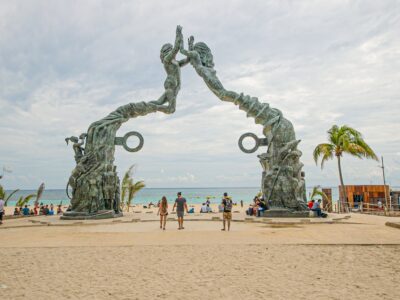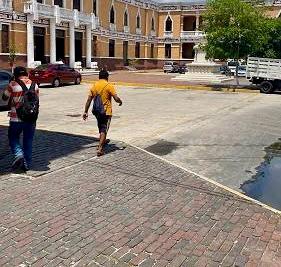In the neighborhoods of La Ermita and Mejorada, two iconic areas of Mérida’s Historic Center, the cobblestones that once provided colonial charm are beginning to cause problems, as some are broken or sunken, becoming traps for pedestrians, cyclists, and motorists.
Neighbors and road users reported the poor condition of the streets in some sections. They requested their repair, as they cause damage, which increases during the rainy season.
Given this situation, the Mérida City Council was asked how often these streets are maintained, what types of repairs are performed, and whether it is possible to replace the cobblestones with more durable pavement.
The City Council clarified that these streets are maintained by the Department of Public Works “whenever required.”

A recent example, reported by the City Council, was on 55th Street between 62nd and 58th Streets in Santa Lucía, where a water leak softened the base, requiring the paving stones to be lifted and replaced after the soil was repaired.
The process, although seemingly simple, is more delicate than one might think: the damaged paving stones are removed, the base is repaired, new sand is laid, and then the original pieces are replaced.
Furthermore, the cobblestones cannot be replaced with asphalt because these streets are part of the city’s heritage and are under the protection of the National Institute of Anthropology and History (INAH). “They cannot be arbitrarily removed or converted to pavement,” according to the statement.
The good news is that a more structural solution is already being worked on. In coordination with the INAH, a project is being developed to provide “major maintenance” to the cobblestone streets of La Ermita, Mejorada, and Santa Lucía.
“Once the project is agreed upon with the INAH, its implementation will begin subject to the availability of the required resources,” the City Council stated.
TYT Newsroom
The post “Major maintenance plan” being prepared for cobblestone streets in Mérida first appeared on The Yucatan Times.














